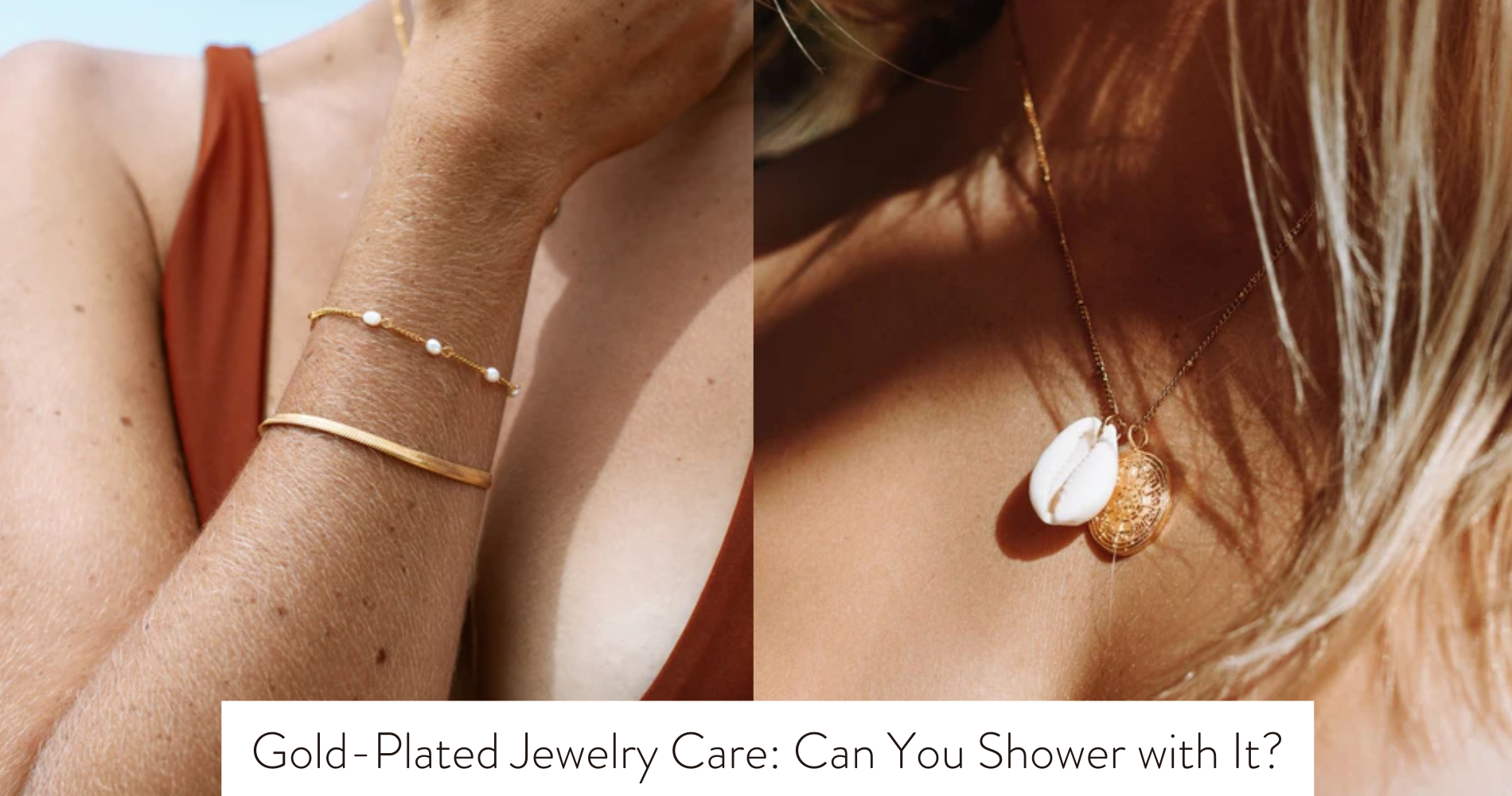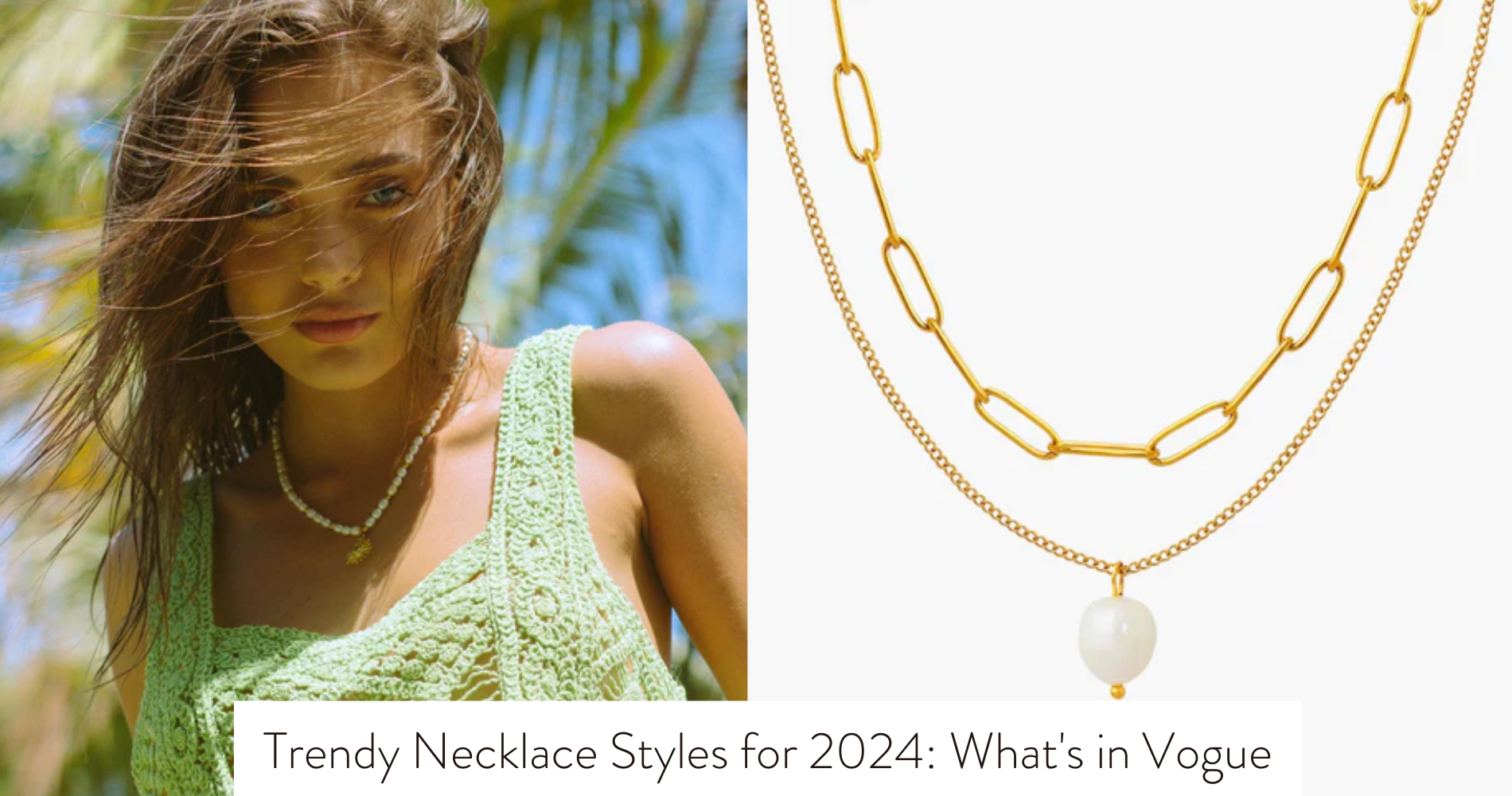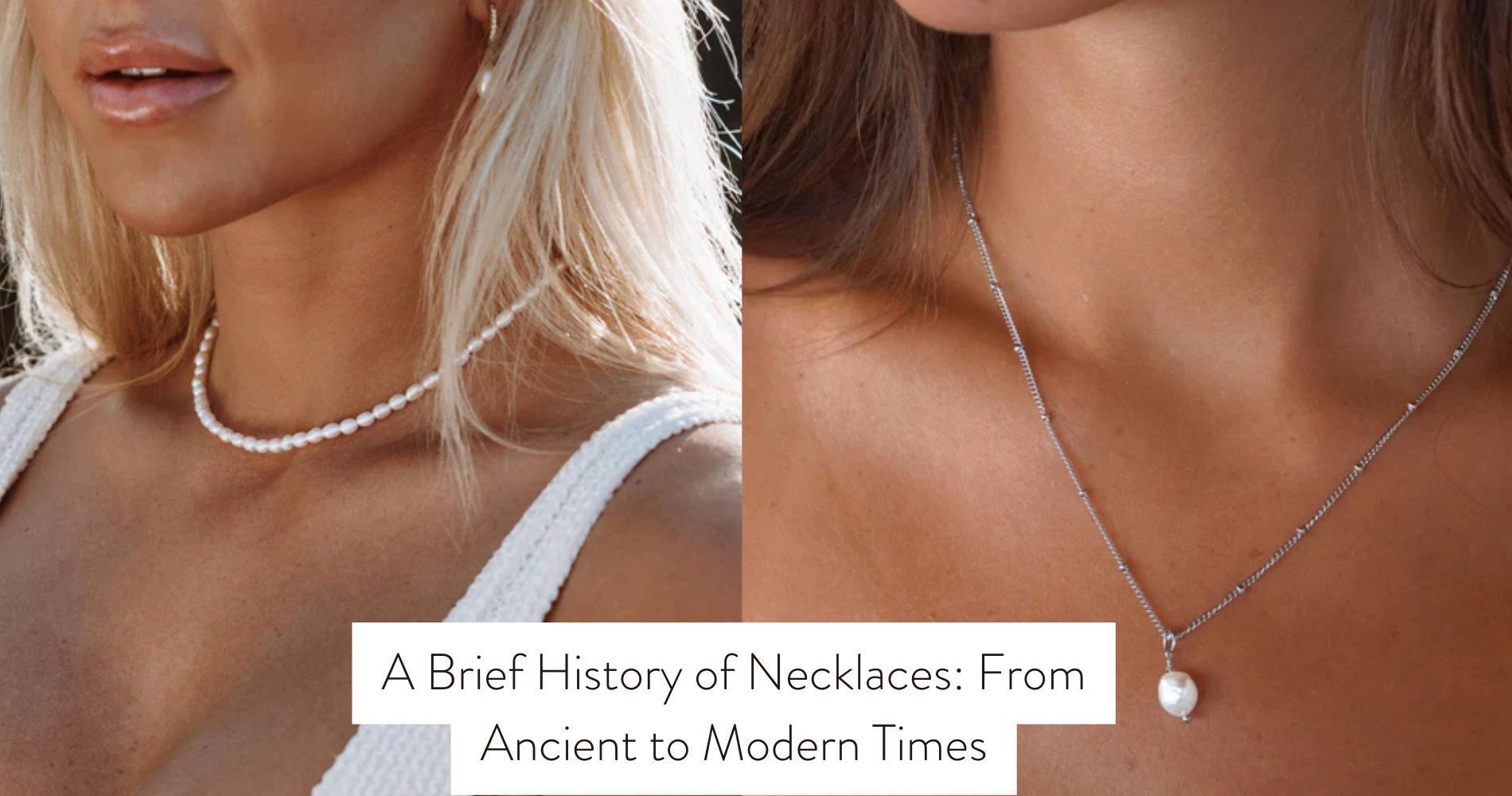
Gold-Plated Jewelry Care: Can You Shower with It?
You love the elegance of your gold-plated jewelry, but the question remains – can you shower with it?
The allure of wearing your favorite pieces everywhere is undeniable, but have you considered the impact of water on their longevity?
Before you step into that shower, ponder the consequences of exposing your gold-plated treasures to moisture.
In the following discussion, we will explore the delicate balance between convenience and care when it comes to your beloved jewelry pieces.
Stay tuned to uncover the secrets of preserving their shine.
Understanding Gold-Plated Jewelry
To understand gold-plated jewelry better, you should know that it consists of a base metal coated with a thin layer of gold. This process creates a piece that looks like solid gold but is more affordable. The base metal, often brass or copper, provides the jewelry's structure and strength, while the gold layer gives it the desired appearance. Gold-plated jewelry can come in various karats, indicating the purity of the gold used for plating. For example, 18k gold-plated jewelry has a thicker layer of gold than 14k gold-plated jewelry, making it more valuable.
When caring for gold-plated jewelry, it's essential to remember that the gold layer can wear off over time due to friction, chemicals, and exposure to moisture. To prolong its lifespan, avoid wearing gold-plated jewelry while swimming, showering, or exercising, as sweat and water can expedite the wearing-off process.

Factors Affecting Gold-Plated Jewelry
Understanding the factors that can impact gold-plated jewelry is crucial for maintaining its appearance and longevity. Several elements can affect the quality and durability of your gold-plated pieces.
One significant factor to consider is the thickness of the gold plating. Thicker layers are more resistant to wear and tear than thin coatings, so opting for jewelry with a thicker gold plating can help prolong its lifespan.
Another factor to keep in mind is the type of base metal used in the gold plating process. Some metals, like sterling silver or stainless steel, are more durable and less likely to tarnish compared to others. The base metal's quality can directly influence how well the gold plating adheres to the surface and how long it stays looking shiny and new.
Proper Care and Maintenance Tips
Taking good care of your gold-plated jewelry is essential to ensure its longevity and maintain its lustrous appearance. To keep your pieces looking their best, avoid exposing them to harsh chemicals such as perfumes, lotions, and cleaning agents. These substances can cause the gold plating to fade or tarnish over time.
When not wearing your jewelry, store it in a cool, dry place away from direct sunlight to prevent discoloration.
Regular cleaning is also crucial in preserving the shine of your gold-plated pieces. Use a soft cloth to gently wipe off any dirt or oils that may have accumulated. Avoid using abrasive materials that could scratch the delicate surface of the jewelry. If more thorough cleaning is needed, mix mild soap with warm water and carefully scrub the jewelry with a soft-bristled brush before rinsing and patting it dry.
Risks of Showering With Gold-Plated Jewelry
Showering with gold-plated jewelry can accelerate the tarnishing or fading of the gold plating due to the exposure to moisture and chemicals present in soaps and shampoos. The combination of water, soap, shampoo, and other shower products can strip away the thin layer of gold on the jewelry, causing it to lose its luster and shine over time. The chemicals in these products can react with the metal alloy underneath the gold plating, leading to discoloration or a greenish tint on the jewelry.

Moreover, the heat and humidity in the shower environment can also contribute to speeding up the process of gold-plated jewelry deterioration. The water and steam can seep into the tiny crevices of the jewelry, causing the underlying metal to corrode and the gold plating to peel off. Additionally, the friction from rubbing the jewelry against your skin while showering can wear down the gold plating faster, making it more prone to damage and fading.
To preserve the beauty and longevity of your gold-plated jewelry, it's best to remove it before taking a shower.
Conclusion and Final Thoughts
To ensure the lasting beauty of your gold-plated jewelry, it's essential to handle and care for it delicately, considering the factors that can affect its appearance and longevity.
While showering with gold-plated jewelry may seem convenient, it's best to avoid doing so to prevent damage from soap, water, and other substances that can tarnish or wear down the gold plating over time. Instead, it's recommended to remove your gold-plated jewelry before showering and ensure it's kept away from harsh chemicals, lotions, perfumes, and excessive moisture.
By following these simple care tips, you can help preserve the shine and luster of your gold-plated pieces for longer periods. Remember to gently clean your jewelry with a soft cloth after each wear and store it properly in a dry place to prevent scratches and other damages.
With proper care and maintenance, your gold-plated jewelry can continue to sparkle and complement your outfits for years to come.
Frequently Asked Questions
Can Gold-Plated Jewelry Tarnish or Change Color if Exposed to Certain Chemicals in the Shower?
Exposing gold-plated jewelry to certain chemicals in the shower can cause tarnishing and color changes. Avoid wearing it while showering to maintain its shine. Regularly clean and store it properly for longevity.
Will Showering With Gold-Plated Jewelry Cause It to Lose Its Shine or Luster Over Time?
Showering with gold-plated jewelry can make it lose shine and luster over time as water, soap, and chemicals in products can wear down the plating. To keep it looking its best, it's best to avoid showering with it.
Are There Any Specific Types of Shower Products (Such as Body Wash or Shampoo) That Are More Likely to Damage Gold-Plated Jewelry?
Using harsh shower products like body wash or shampoo can damage your gold-plated jewelry over time. Stick to mild soaps to keep your pieces shiny. Remember to remove your jewelry before showering to extend its longevity.
Can the Water Temperature in the Shower Affect the Longevity of Gold-Plated Jewelry?
When it comes to the water temperature in the shower, hot water can speed up the wear and tear on your gold-plated jewelry. It's best to stick to lukewarm water to help maintain the longevity of your pieces.
Is It Safe to Wear Gold-Plated Jewelry in Chlorinated Water, Such as in a Swimming Pool or Hot Tub?
Yes, you can wear gold-plated jewelry in chlorinated water like pools or hot tubs. However, prolonged exposure may cause the plating to wear off faster. Rinse the jewelry thoroughly after swimming to help maintain its shine.
Conclusion
So, can you shower with your gold-plated jewelry? It's best to avoid it to prevent damage and preserve the shine of your pieces.
Remember, factors like water, soap, and chemicals can affect the gold plating. By taking proper care and following maintenance tips, you can ensure your jewelry lasts longer and maintains its beauty.
Consider removing your gold-plated jewelry before showering to keep it looking its best for years to come.



















Leave a comment
This site is protected by hCaptcha and the hCaptcha Privacy Policy and Terms of Service apply.